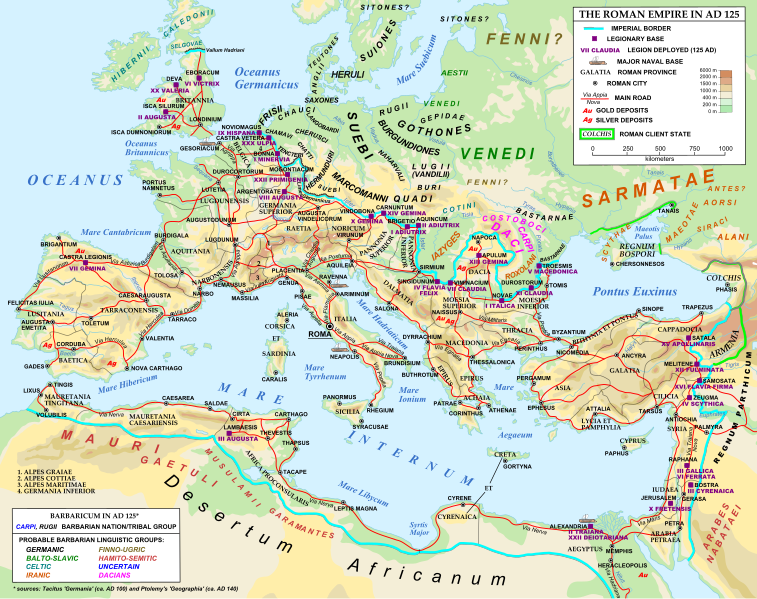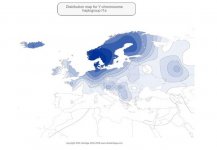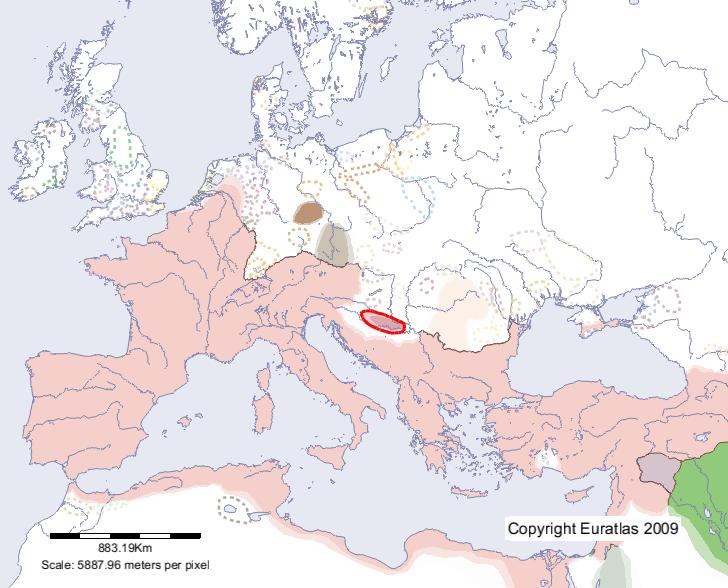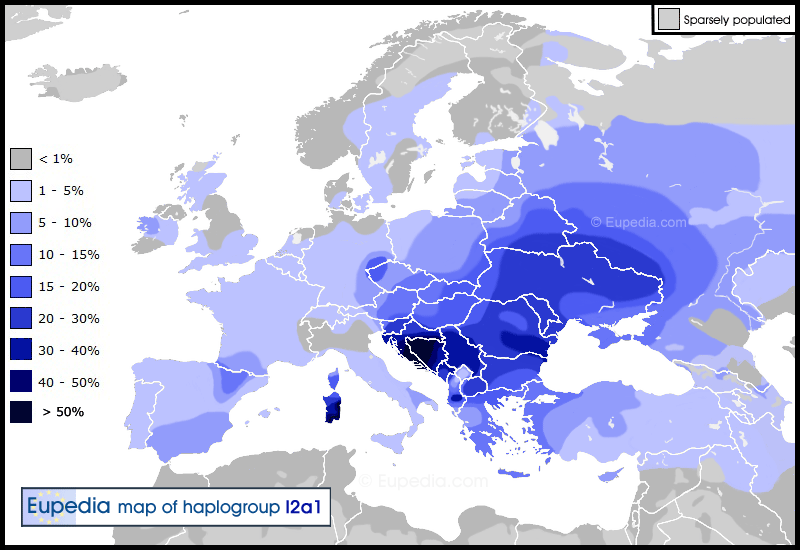how yes no 2
Junior Member
- Messages
- 863
- Reaction score
- 3
- Points
- 0
Visigoths actually correlate with lack of I2b1 in Iberia

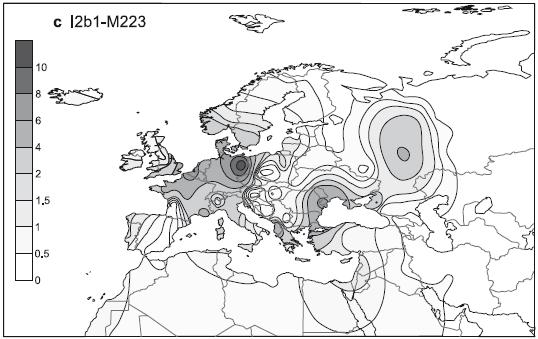
so, I think some other germanic people are related to spread of I2b1...
LeBrok rightly pointed to Franks...
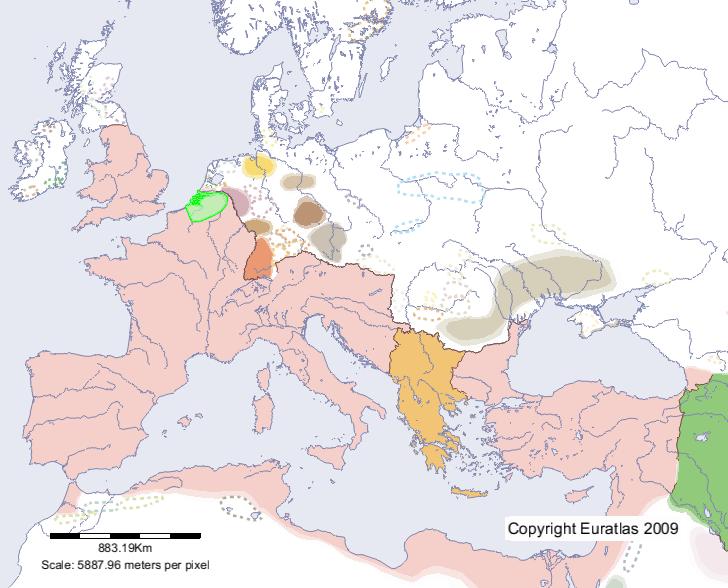


Franks have legend of origin relating them to Troy, which may explain I2b1 in
Asia minor...
Sicambri from whom Franks origin, might be related to Cimbri and Cimmerians...
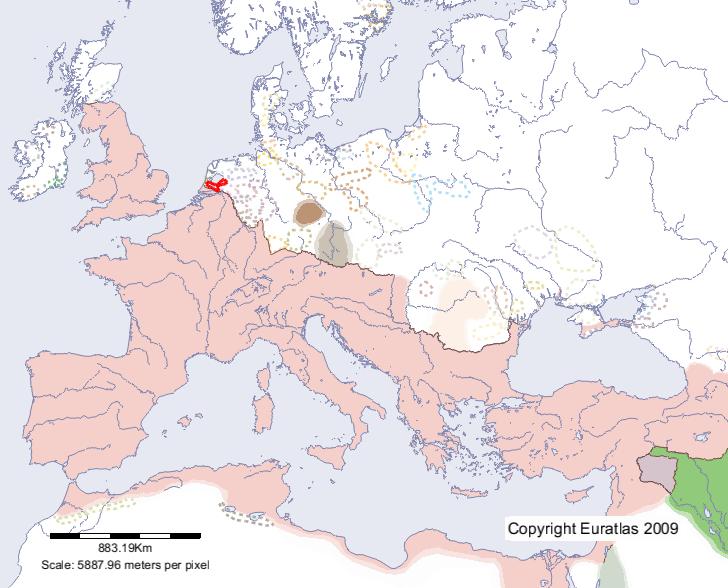
Cimbri are also interesting as they cover Provence in south France and much of I2b1 area in west Europe...
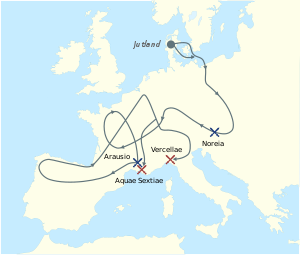
Thraco-Cimmerians 700-800 BC


so, I think some other germanic people are related to spread of I2b1...
LeBrok rightly pointed to Franks...


Franks have legend of origin relating them to Troy, which may explain I2b1 in
Asia minor...
http://en.wikipedia.org/wiki/FranksLike many Germanic peoples, the Franks developed an origin story to connect themselves with peoples of antiquity. In the case of the Franks, these peoples were the Sicambri and the Trojans. An anonymous work of 727 called Liber Historiae Francorum states that following the fall of Troy, 12,000 Trojans led by chiefs Priam and Antenor moved to the Tanais (Don) river, settled in Pannonia near the Sea of Azov and founded a city called "Sicambria". In just two generations (Priam and his son Marcomer) from the fall of Troy (by modern scholars dated in the late Bronze Age) they arrive in the late fourth century at the Rhine. An earlier variation of this story can be read in Fredegar. In Fredegar's version an early king named Francio serves as namegiver for the Franks, just as Romulus has lent his name to Rome.
Sicambri from whom Franks origin, might be related to Cimbri and Cimmerians...

Cimbri are also interesting as they cover Provence in south France and much of I2b1 area in west Europe...

Thraco-Cimmerians 700-800 BC




